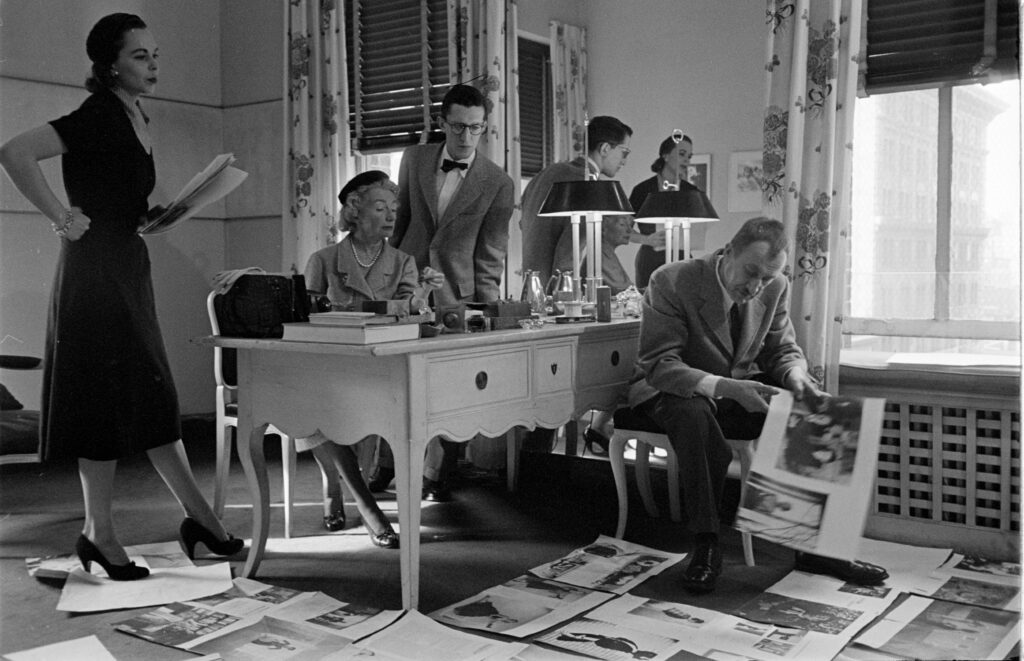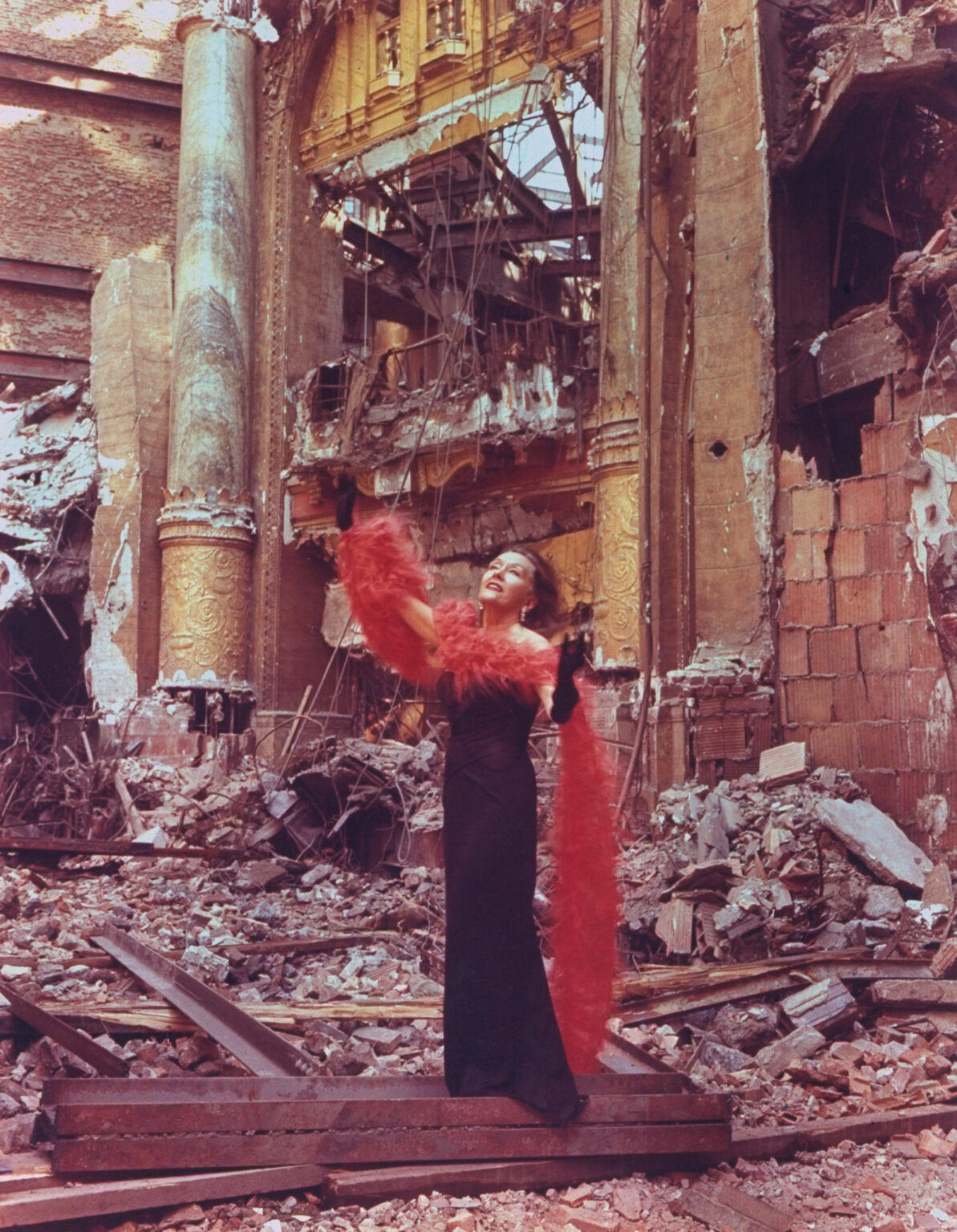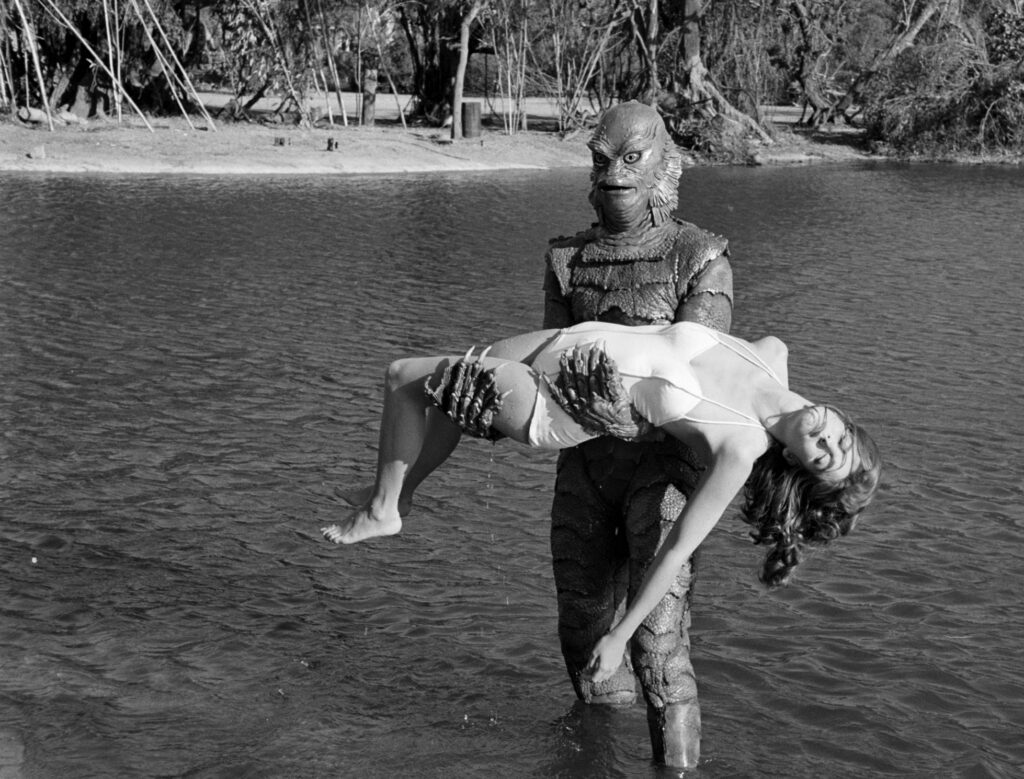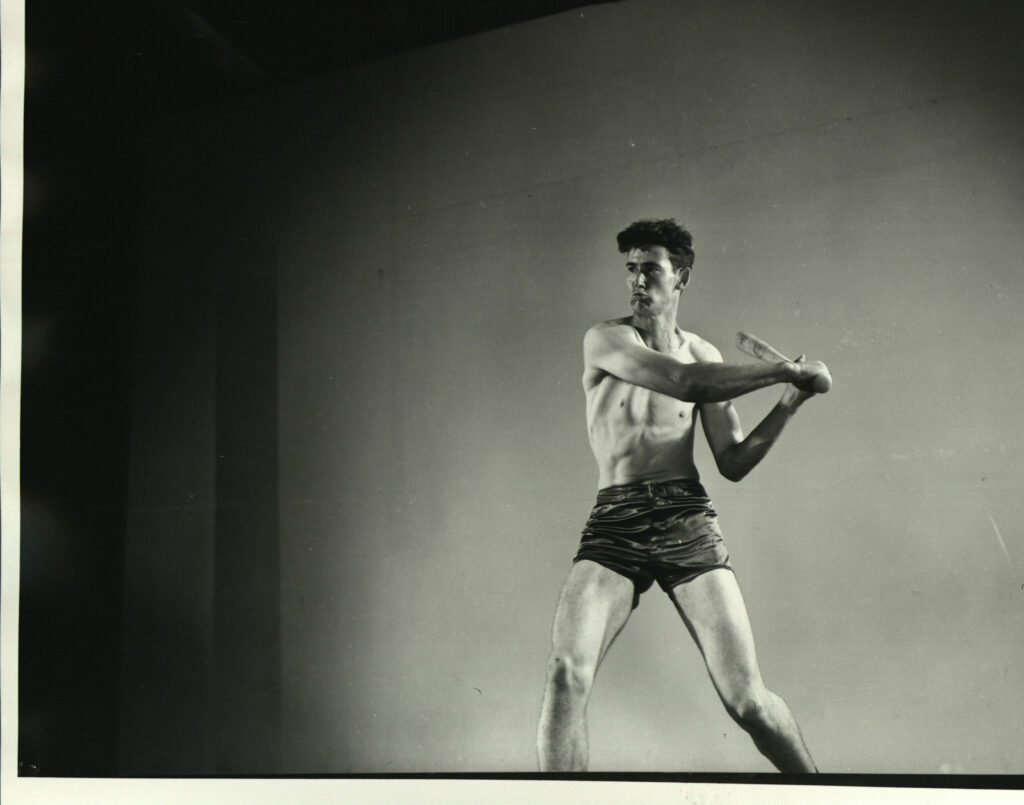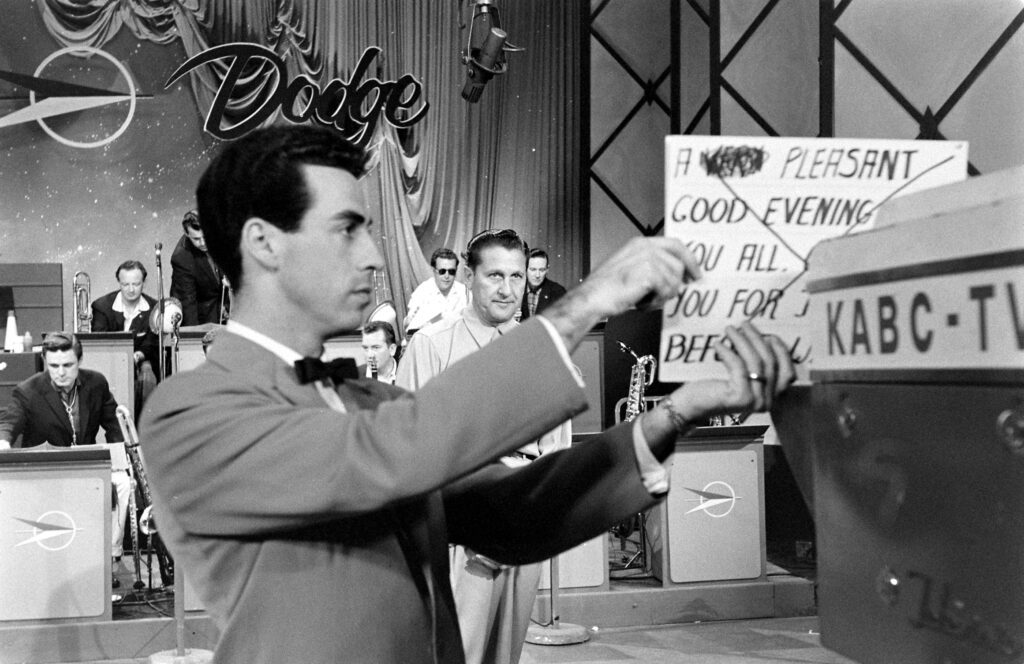The original run of LIFE magazine coincided with a memorable time for the American stage. Major stars—Marlon Brando, Barbara Streisand, Paul Newman, Sidney Poitier— made or burnished their reputations on Broadway, while revered writers such as Arthur Miller, Tennessee Williams and Eugene O’Neill debuted their signature works.
And LIFE magazine photographers were there. Gjon Mili, such a wonderful documenter of the arts, is responsible for a great many pictures here, but Gordon Parks, George Silk, Bill Ray and many others all took their swings. Their pictures capture artists at work—including actors who would later become familiar faces on television, such as Jerry Orbach (Law & Order). Angela Lansbury (Murder, She Wrote) , Barbara Bel Geddes (Dallas) and Julie Newmar (Batman).
The thrill of theater is, of course, being there. This photos are the next best thing.

Nineteen-year-old Barbra Streisand played Miss Marmelstein in the 1962 Broadway play “I Can Get It For You Wholesale.”
George Silk The LIFE Picture Collection/Shutterstock

Barbra Streisand, 1962.
George Silk The LIFE Picture Collection/Shutterstock

Marlon Brando and Kim Hunter in “A Streetcar Named Desire,” 1947.
Eliot Elisofon / The LIFE Picture Collection/Shutterstock

Jessica Tandy as Blanche Dubois in Tennessee Williams’ “A Streetcar Named Desire,” 1947.
Eliot Elisofon /The LIFE Picture Collection/Shutterstock

A 1943 production of “Oklahoma!”
Gjon Mili/Life Picture Collection/Shutterstock

Pearl Bailey during a curtain call for the Broadway production of Hello, Dolly! in 1967.
John Dominis/Life Picture Collection/Shuttertstock

Jerry Orbach (left) and an unidentified actress in a scene from the off-Broadway production of ‘Scuba Duba,’ October 1967.
Ralph Morse/Life Picture Collection/Shutterstock

Angela Lansbury opened on Broadway in “Mame” to a standing ovation, 1966.
Bill Ray/Life Picture Collection/Shutterstock

A 1953 production of Arthur Miller’s The Crucible, featuring Madeline Sherwood (rear, second from left), Arthur Kennedy (right) and Walter Hampden (second from right).
Gjon Mili/Life Picture Collection/Shutterstock

Paul Newman (left) and Geraldine Page in the Tennessee Williams play Sweet Bird of Youth, 1959.
Gordon Parks/Life PIcture Collection/Shutterstock

Sidney Poitier on the set of Porgy and Bess, 1959.
Gjon Mili Life Pictures/Shutterstock

Sidney Poitier in a scene from “Porgy and Bess,” 1959.
Gjon Mili The LIFE Picture Collection/Shutterstock

How to Succeed in Business Without Really Trying.
Gjon Mili The LIFE Picture Collection/Shutterstock

ason Robards Jr. (L) and Farrell Pelly (R) in a scene from the Eugene O’Neill play “The Iceman Cometh,” 1956.
Gordon Parks/Life Picture Collection/Shutterstock

Mary Martin and her fellow cast members soared in the 1954 Broadway production of the musical Peter Pan.
Allan Grant/Life Picture Collection/Shutterstock

A scene from “All My Sons,” 1947, starring Karl Malden.
Eileen Darby The LIFE Images Collection/Shutterstock

Julie Newmar, right, with Claudette Colbert in a scene from the Broadway play “The Marriage-Go-Round,” 1958.
Photo by Ralph Morse/The LIFE Picture Collection © Meredith Corporation

Barbara Bel Geddes in the Tennessee Williams play “Cat on a Hot Tin Roof.”
Gjon Mili/Life Picture Collection/Shutterstock

A scene from Death of a Salesman, 1949, with Lee. J. Cobb as Willy Loman.
W. Eugene Smith The LIFE Picture Collection/Shutterstock

Patrick O’Neal (right) and Margaret Leighton in the play ‘The Night of the Iguana’ by Tennessee Williams, 1962.
Leonard McCombe/Life Picture Collection/Shutterstock

Hair, the original Broadway cast, 1968
Ralph Morse The LIFE Picture Collection/Shutterstock

In Jesus Christ Superstar, Jeff Fenholt, as Jesus, was elevated with angels while Judas, played by Ben Vereen, was on a wing-shaped set platform.
John Olson/The LIFE Picture Collection © Meredith Corporation






























































































